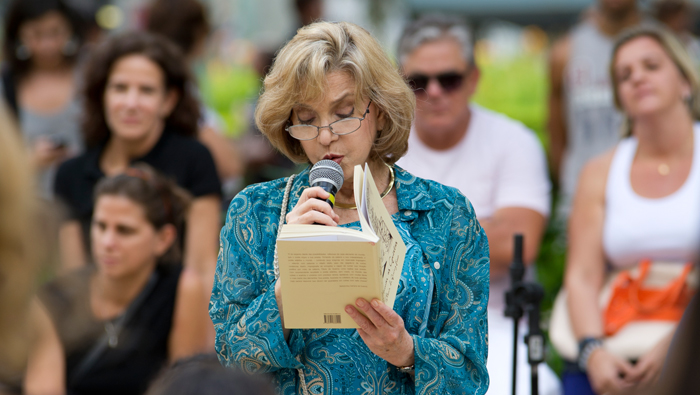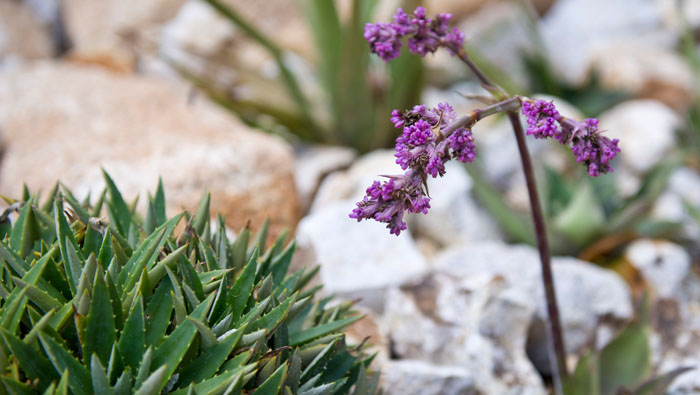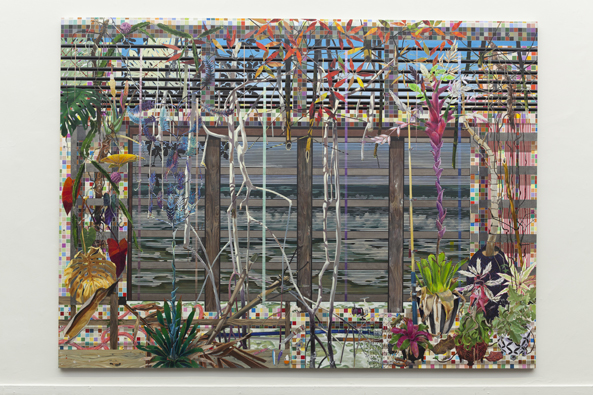Music to make you dream high. This is what Inhotims new music project coordinator, Maestro César Timóteo, keeps in mind when he plans the future. Son of a pianist mother, César began studying the violin as a child. Today, as a violinist, opera singer and conductor, he seeks to awaken the musicality and talent of each student taking part in the projects he will be in charge of. The Maestro talked to Inhotims Blog and told us a little bit about his career and experiences in this new phase of his life.
Blog do Inhotim – Tell us a bit about your career in music.
César Timóteo – I can´t single out the exact moment music really got me. My mother is a pianist and this has influenced me a great deal. Through her, I was able to be in contact with is fascinating art from a very early age. I started studying the violin when I was nine, and became a professional violinist in my teenage years. Later, I also got my Opera Singing Degree, taking part in performances as a soloist in operas and religious plays. After working as a violinist and singer for several years, I decided to study orchestral conducting, which became my main occupation in music. I had the opportunity to conduct orchestras in Brazil and abroad, in addition to working with great music professionals, who have significantly influenced me. Some of these them I would like to mention are violinist Max Teppich and Maestro Isaac Karabtchevsky.
BI – What is your opinion on the musical potential of Brumadinho and its residents?
CT – Music is part of the development of all communities. It is a necessity. Brumadinho is no different. We have to provide opportunities for people to learn it, awakening the musicality within them. Leaning music, whether by means of a musical instrument or signing, tends to organize and blossom out this musicality, leading to balance, development and the possibility of dreaming higher. I have no doubt that Brumadinho is filled with music talents, which will certainly be revealed.
BI – Which projects are you going to be coordinating? Talk a bit more about each one of them.
CT – Youth, Adult and Kid’s Choirs and the School for Strings. These projects are carried out by Inhotim, sponsored by Vale do Rio Doce and are part of an initiative of the Department of Culture. In 2014, we are going to work in a more unified way, with a team of guest teachers from Belo Horizonte. These projects are intended to promote social, musical and artistic development in communities located at Vale Médio do Paraopeba, which includes youngsters from Brumadinho, Mario Campos and Bonfim. Most of the students come from the public school system and, with the projects, they have the opportunity to take free theoretical and practical lessons.
Classes take place on a weekly basis and the students enrolled are able to study vocal technique and music theory, in addition to practice instruments such as: violin, viola, cello and bass. During choir and orchestra practices, students are able to experience music as part of a group, developing their harmonic perception and cooperative work. Enrollment happens twice a year and those interested in participating must apply at the project headquarter in Brumadinho.
BI – In 2014, what’s new when it comes to the projects developed by Inhotim?
CT – We are going to work to unify music-related social projects, considering a nationwide reach. It is important to consolidate actions in Brumadinho and surrounding areas, so that some time from now we can also reach other towns. We are going to value joint actions. The music experience must happen in a less individual and more collective way. We are also going to purchase two new pianos to be used in choir activities, as well as in musical perception classes. Also, we will be able to rely on new facilities in Brumadinho, which will be larger and more suitable for classes and rehearsals.
BI – What are your expectations for this new journey with the students taking part in the projects?
CT – I want to closely monitor the development of each student. It is important to know them, so that we can guide them in the right direction. I hope to see their musical growth, to see them dreaming with new possibilities. Art does that. I hope music learning and musical practice will influence the human development of students as well as of Brumadinho community. I hope this can bring a positive effect to their decisions and attitudes, promoting better quality of life and improving the way they live in society.







